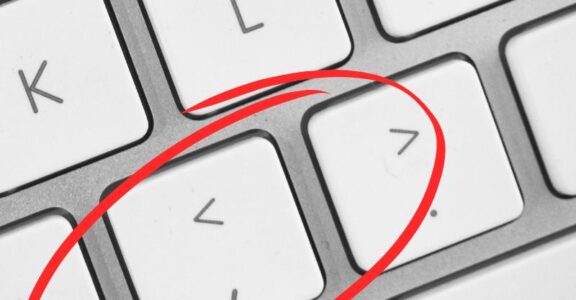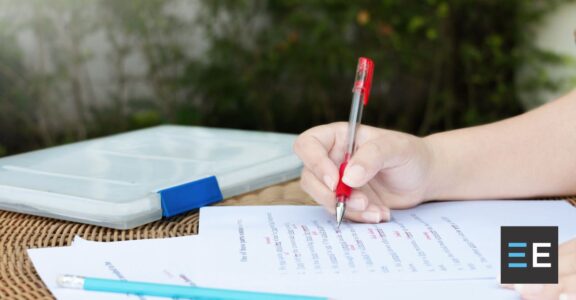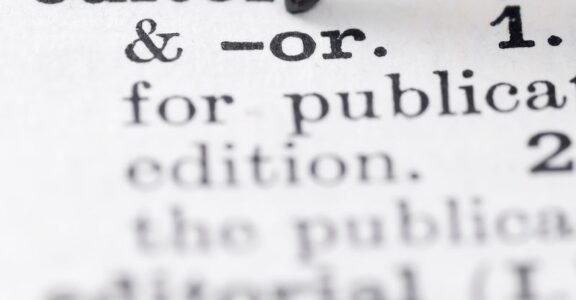Proofreaders and editors have a secret language.
This language is composed of editing symbols of numbers, letters and squiggly lines that let us communicate with each other quickly about the changes that need to be made in a document. To an outsider, these symbols can perhaps seem completely overwhelming, but to those of us who use them on a consistent basis, they can sometimes become—well—mundane.* And, at times, this language is restrictive in portraying exactly what needs improvement in a document.
Imagine our glee, then, when we stumbled upon Brian A. Klems’ Lesser-Known Editing Symbols!
And while these may never become a part of editors’ standard language use, what’s a language, really, without its slang?
*We are, of course, referring to proofreaders’ marks. And they don’t have to be overwhelming to non-editors! Check out our post on What Are Proofreaders’ Marks? to be in the know.







